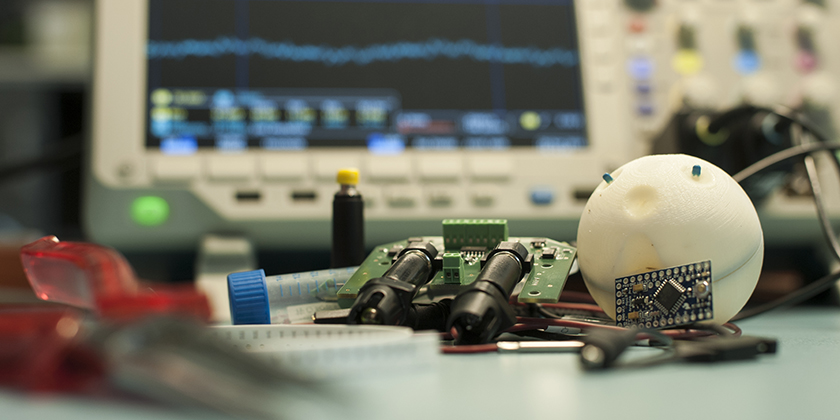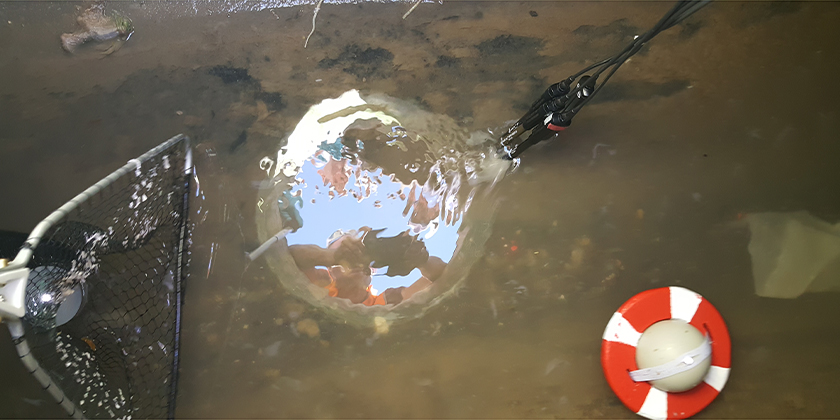Department Urban Water Management
Mapping environmental variables in sewers

TransDrugS – Transformation of (illicit) Drugs in Sewers – is a project funded by the Swiss State Secretariat for Education, Research and Innovation (SERI, project nr. C15.0092) in the context of the COST Action ES1307.
NEWS: Participate in our Collaborative Initiative
Substances in wastewater can be subject to transformation during in-sewer transport. The transformation depends on the chemical properties of the substance and environmental conditions. TransDrugS aims at mapping environmental variables in sewers at high spatiotemporal resolution. This will require developing a floatable, miniaturized sensor platform to measure along the sewer lines pH, electrical conductivity, oxidation-reduction potential, and temperature. Particularly in sewage-based epidemiology this application is of interest: it is important to know to which degree targeted drug residues collected downstream at the influent of a wastewater treatment plant were degraded or formed during in-sewer transport, as this will influence the reliable estimation of amounts of drugs discharged into the sewer system upstream.
Project description
Ideally, environmental conditions in sewers could be mapped from toilets all the way to the water treatment plant. Size and miniaturization of the sensor platform were therefore critical design objectives from the very beginning. Finding suitable sensors for pH, EC, ORP, and temperature to integrate into a coherent concept proved to be challenging. Initially focused on lab-on-chip sensing devices, feasibility assessments showed that absolute accuracy, long-term stability, and tolerance towards the harsh environment in sewers were insufficient. Eventually, the sensing elements of small hand-held fish tank water quality monitors were selected as the core components of the design.
The front end and data acquisition electronics were adapted to the specifications of these sensors and assembled into a stacked custom PCB design. Measurement points are recorded every 10 s and stored onboard for later off-line recovery. A spherically shaped exterior, an overall density close to water, and a low center of gravity ensure that the sensors remain submerged at all times and that the ball rolls in shallow water.
Completion of the design and extended functional tests are scheduled for the end of 2016. Measurements in sewage will start in early 2017 and first measurements in sewers towards March 2017. An extended measurement campaign is foreseen throughout the second and third quarter of 2017.



